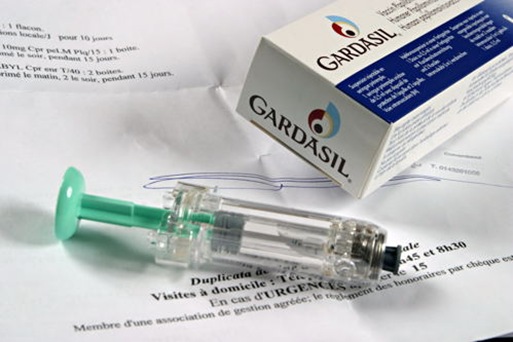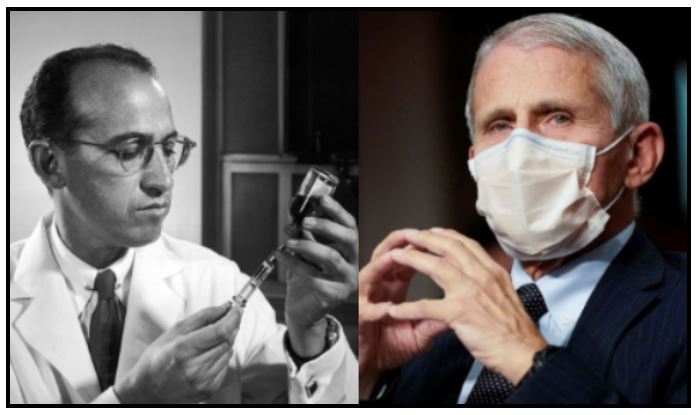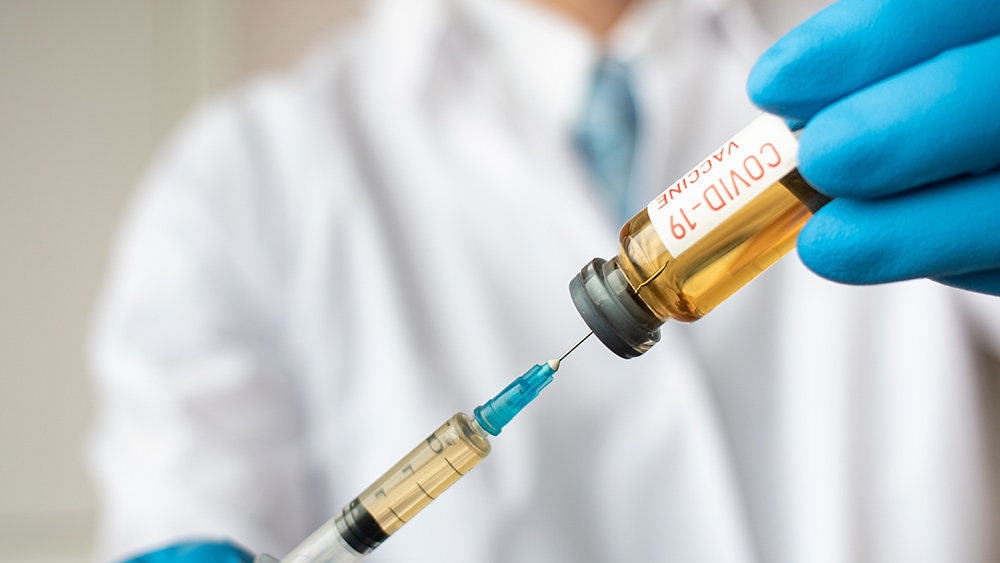Merck misled participants in the HPV vaccine trial – injuring the placebo group with an aluminum adjuvant to make the HPV vaccine appear safer
07/08/2024 / By Lance D Johnson

The vaccine industry makes their concoctions look safe because their clinical trials do not use an inert, saline placebo. A new study published in the International Journal of Risk & Safety in Medicine found that Merck knowingly engaged in SCIENTIFIC FRAUD when they put their HPV vaccine to test on human subjects. In order to make the vaccine appear safer than what it was, Merck designed a clinical trial using a toxic aluminum adjuvant as the “placebo.”
The trial design misleadingly stated: “One half of the participants will receive the active vaccine, while the other half will get the placebo vaccine (meaning a vaccine without active substance).”
The placebo used in the trial was actually amorphous aluminium hydroxyphosphate sulfate (AAHS). This AAHS “placebo” can cause serious allergic reactions in some people. These adverse reactions are related to the aluminum salt’s neurotoxic effects which include epilepsy and unpredictable neurological and inflammatory responses throughout the body.
HPV vaccine uses aluminum adjuvant to boost efficacy, but the aluminum is really just causing inflammation and brain damage
The HPV vaccine also contains an aluminum adjuvant in the formula. The purpose of this adjuvant is to cause inflammation and force immune responsive cells to the injection site so the vaccine stimulates a B cell immune response. This inflammatory response is outdated science and is the number one reason adverse events occur after vaccination. The aluminum salts are taken up in the cytoplasm of immune responsive cells. These aluminum ions are then carried throughout the bloodstream, sometimes crossing the blood brain barrier. Eventually, the aluminum ions burst out, causing unpredictable damage to cells. The amount of aluminum in licensed vaccines ranges from 0.125 to 0.85?mg Al/dose.
If both the “placebo” and the HPV vaccine contain an aluminum adjuvant, then the number of adverse reactions will be similar for both groups – by design. This makes the vaccine appear just as safe as the “placebo” – even though the aluminum adjuvant poses serious health risks, no matter what antigen is combined with it. The clinical trial inevitably shows that both the “placebo” and the new HPV vaccine cause health issues, but the health issues are roughly equivalent in number. This deceptive data point allows the regulatory agency to push the vaccine onto the market without a real scientific understanding of the dangers of aluminum adjuvants in vaccines and/or the dangers of other ingredients in that vaccine.
There are no “gold standard” clinical trials for vaccines when aluminum is used as a placebo
The clinical trials for the HPV vaccines are not “gold standard.” For starters, the participants in the trial were not properly informed about the nature of the study and the risks involved with the fake placebo. Participants were informed that the placebo used in the trial was either saline or an inactive substance, which is standard practice in clinical trials to establish a baseline for comparison. However, the “placebo” was actually an aluminum-containing adjuvant, which is meant to enhance the immune response but could potentially cause adverse effects. This misrepresentation compromised participants’ ability to make fully informed decisions.
Secondly, participants who were randomized to the aluminum adjuvant “placebo” group were exposed to unnecessary risks, and these risks helped disguise the risks with the HPV vaccine. The use of an active adjuvant as a placebo does not provide a true baseline for comparison and could obscure genuine safety concerns related to the vaccine itself. This sham clinical trial is a violation of medical ethics – which require minimizing harm and ensuring participants have accurate information to provide informed consent.
Finally, the use of a reactive placebo such as an aluminum adjuvant may have been justified by Merck to potentially enhance the immunogenicity of the vaccine being tested. However, the ethical concern is that this choice of placebo may have compromised the researchers’ ability to accurately assess the safety profile of the vaccine by blurring the distinction between vaccine-related adverse effects and those caused by the placebo. Neither the aluminum adjuvant or the HPV vaccine was properly evaluated for safety, which should raise regulatory concerns about the design of the testing protocols and Merck’s adherence to ethical scientific guidelines.
Since the release of Merck’s HPV vaccine, there have been several cases of Postural Orthostatic Tachycardia Syndrome (POTS), characterized by the abnormal response of lightheadedness, blurry vision and dizziness while transitioning to an upright posture. Many times the neurological symptoms progress, disabling the person. Most of the victims (85%) are young teenage girls, who are promised protection from cervical cancer, but end up dealing with a serious disability.
Sources include:
Submit a correction >>
Tagged Under:
adjuvant, Aluminum Salts, antigen, Big Pharma, blurry vision, brain damage, Brain Injury, Censored Science, dizziness, HPV vaccine, inflammation, informed consent, lightheadedness, medical ethics, medical violence, Merck, neurological damage, pharma fraud, placebo, POTS, regulatory fraud, safety testing protocols, science deception, science fraud, seizures, vaccine damage, vaccine wars, vaccines
This article may contain statements that reflect the opinion of the author
RECENT NEWS & ARTICLES
COPYRIGHT © 2017 VACCINE INJURY NEWS COM


















